You are wondering when to replace your LED lights? We’ve got the answer. This guide breaks down how long LED lights typically last and when you should start thinking about replacements.
LED lights generally last 25,000 to 50,000 hours, meaning they may need replacing every 10-20 years depending on usage and quality. Regular check-ups can help you spot signs of wear before total failure.
There’s more to consider regarding the lifespan of LED lights, including factors that affect longevity and how to know when it’s time for a replacement. Keep reading for detailed insights.
How Long Do LED Lights Last?
LED lights are celebrated for their durability and extended lifespan. Unlike traditional incandescent bulbs, which burn out abruptly, LEDs gradually lose their brightness over time. On average, an LED light can last between 25,000 to 50,000 hours. To put this into perspective, using your LED lights for about 10 hours a day could potentially serve you for over 13 years.
However, the actual lifespan of an LED light depends on several factors, including the quality of the LED itself, the conditions in which it is used, and how frequently it is turned on and off. It’s important to note that LEDs don’t simply stop working; instead, they gradually dim, making it harder to notice when it’s time to replace them.
When considering the lifespan of an LED light, it’s useful to understand the concept of lumen maintenance ratings. Manufacturers often label LEDs with ratings like L70 or L50, which indicate the percentage of original brightness the light will retain after a certain number of hours. For example, an LED with an L70 rating of 50,000 hours is expected to operate at 70% of its initial brightness after 50,000 hours. Similarly, an L50 rating of 30,000 hours means the LED will shine at 50% of its original brightness after 30,000 hours.
This gradual dimming process means that you might want to replace your LEDs before they completely “burn out,” especially if they are used in areas where full brightness is crucial, such as in workspaces or living areas.
What Affects the Lifespan of LED Lights?
Several factors can influence how long your LED lights last. Understanding these can help you maximize their lifespan and get the most value out of your investment.
Quality of the LED
Not all LEDs are created equal. The quality of the components used in manufacturing an LED light plays a significant role in its longevity. High-quality LEDs from reputable brands are more likely to last longer and perform better over time. On the other hand, cheaper LEDs may have defects or lower-quality materials that cause them to fail sooner.
Environmental Conditions
The environment in which your LED lights are used can greatly affect their lifespan. LEDs operate at much cooler temperatures than incandescent bulbs, but they are still sensitive to extreme conditions. Excessive heat can cause LEDs to degrade faster, leading to a shorter lifespan. Similarly, high levels of moisture or humidity can damage the internal components of an LED light, particularly if they are not adequately sealed or protected.
Usage Patterns
How you use your LED lights also impacts their longevity. Frequent on/off cycles can stress the components of an LED, reducing its lifespan. While LEDs are generally more resilient to switching than incandescent bulbs, minimizing unnecessary switching can still help extend their life.
Electrical Overstress (EOS)
Electrical overstress occurs when an LED is exposed to more power than it is designed to handle. This can happen due to poor design, subpar drivers, or installation errors. EOS can cause LEDs to fail prematurely, making it essential to ensure proper installation and use of high-quality drivers that match the LED’s specifications.
Signs It’s Time to Replace Your LED Lights
While LED lights are designed to last for years, they will eventually need to be replaced. The key is knowing when that time has come. Here are some signs that your LED lights may be nearing the end of their useful life:
Dimming
One of the most common signs that an LED light needs to be replaced is a noticeable reduction in brightness. Over time, LEDs lose their ability to shine as brightly as they did when new. If you find that your LED lights are no longer providing sufficient illumination, it might be time for a replacement.
Flickering
Flickering is another indicator that an LED light is reaching the end of its life. This can happen due to aging components within the LED or issues with the power supply. While occasional flickering might not be a cause for immediate concern, persistent flickering is a clear sign that the LED is on its way out.
Color Changes
If your LED lights start to change color—such as shifting from a cool white to a warmer hue—it could be a sign of degradation. Color changes can occur as the LED’s phosphor coating wears down, affecting the light’s color temperature.
Failure to Turn On
In rare cases, an LED light may fail to turn on altogether. This could be due to a malfunctioning driver or a problem with the LED itself. If this happens, replacing the LED light is the only solution.
How to Extend the Life of Your LED Lights
While LEDs are inherently durable, there are steps you can take to extend their lifespan even further. Here are some tips to help you get the most out of your LED lights:
Choose High-Quality LEDs
Investing in high-quality LED lights from reputable manufacturers is one of the best ways to ensure a long lifespan. Look for LEDs with good lumen maintenance ratings and solid warranties, as these are indicators of quality and durability.
Proper Installation
Proper installation is crucial for the longevity of your LED lights. Ensure that they are installed in well-ventilated areas to prevent overheating, and use compatible drivers to avoid electrical overstress. If you’re unsure about the installation process, consider hiring a professional to do it for you.
Avoid Frequent Switching
While LEDs are more resilient to on/off cycles than incandescent bulbs, minimizing unnecessary switching can still help extend their life. Use LEDs in applications where they can remain on for extended periods without frequent cycling.
Regular Maintenance
Regularly inspect your LED lights for signs of wear, such as dimming or flickering. Addressing these issues early can prevent further damage and extend the lifespan of your LEDs. Additionally, cleaning the lights and their fixtures can help maintain optimal performance.
Choosing High-Quality LED Lights for Longevity
The quality of the LED lights you choose plays a significant role in how long they last. Here’s what to look for when selecting LED lights:
Reputable Brands
Stick to well-known, reputable brands that have a track record of producing high-quality LED lights. These brands are more likely to use better materials and offer reliable warranties, giving you peace of mind and a longer-lasting product.
Certifications
Look for LED lights that have certifications such as ENERGY STAR, CE, or UL. These certifications indicate that the product has been tested and meets certain standards for energy efficiency, safety, and performance.
Lumen Maintenance Ratings
As mentioned earlier, pay attention to the lumen maintenance ratings of the LEDs. Higher ratings (like L70 at 50,000 hours) indicate that the light will maintain a significant portion of its brightness for a longer period, making it a better investment.
Proper Heat Management
Choose LEDs that are designed with proper heat management features. Good thermal design helps dissipate heat away from the LED components, reducing the risk of overheating and extending the light’s lifespan.
Conclusion
Understanding the lifespan of LED lights and the factors that influence their longevity is crucial for making informed decisions about when to replace them. By choosing high-quality LEDs, ensuring proper installation, and keeping an eye on signs of wear, you can maximize the value of your investment and enjoy bright, efficient lighting for years to come. Remember, while LEDs are long-lasting, they aren’t immortal. Knowing when to replace them will ensure that your spaces remain well-lit and energy-efficient.
In conclusion, knowing when to replace your LED lights ensures that your spaces remain efficiently lit and energy costs stay low. As one of China’s leading manufacturers of LED strip lights and LED neon flex, Unitop is committed to providing top-quality lighting solutions that stand the test of time. If you have any questions or specific requirements, don’t hesitate to reach out to us. Our team of experts is ready to help you find the perfect LED lighting solutions for your needs. Contact us today and experience the unmatched quality and professionalism that Unitop has to offer.

Tom is now the Sales Manager of Unitop (China) Co., Limited. He has been in the LED Lighting industry ever since 2005. He is an expert in sales & marketing, and factory management. He likes bodybuilding, and he is also a crazy Apple Fan! He is a hard-working guy and loves to learn and try new things.
Email: tom@unitopledstrip.com WhatsApp: +86-18680307140

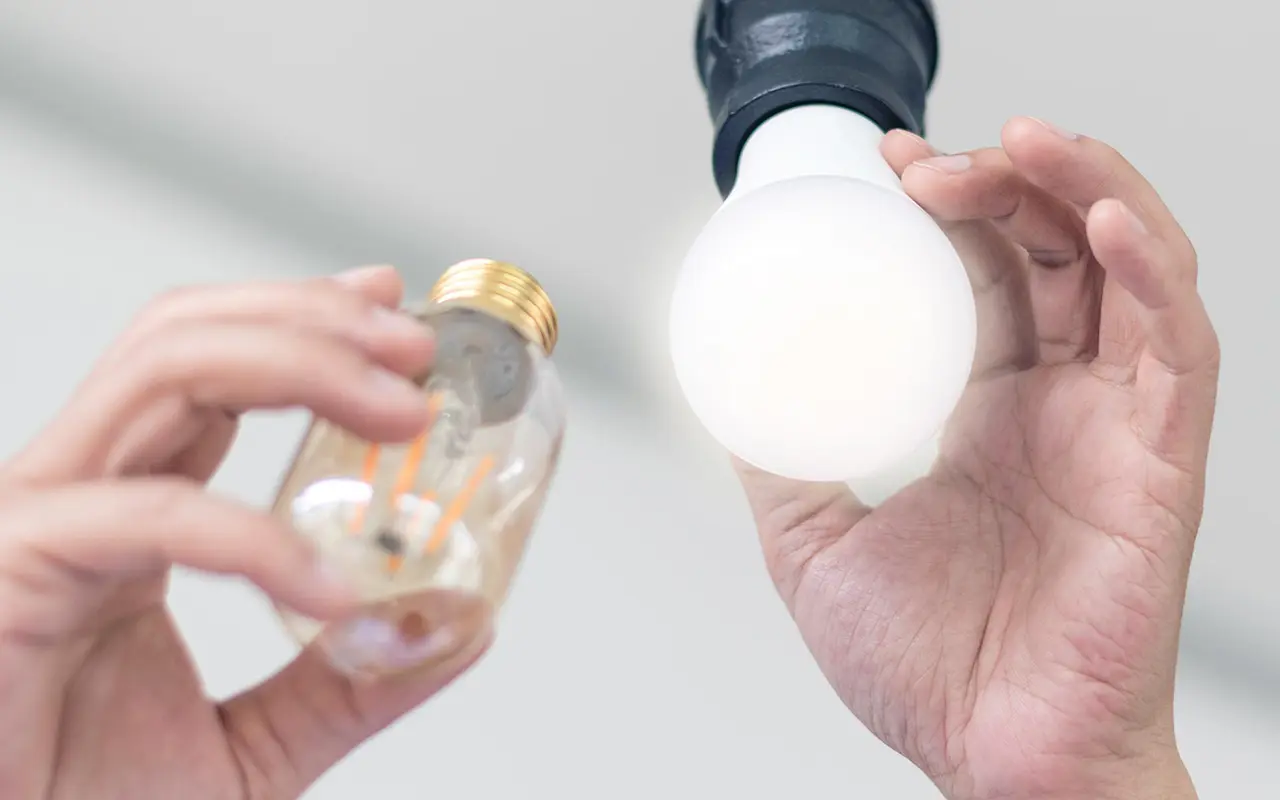
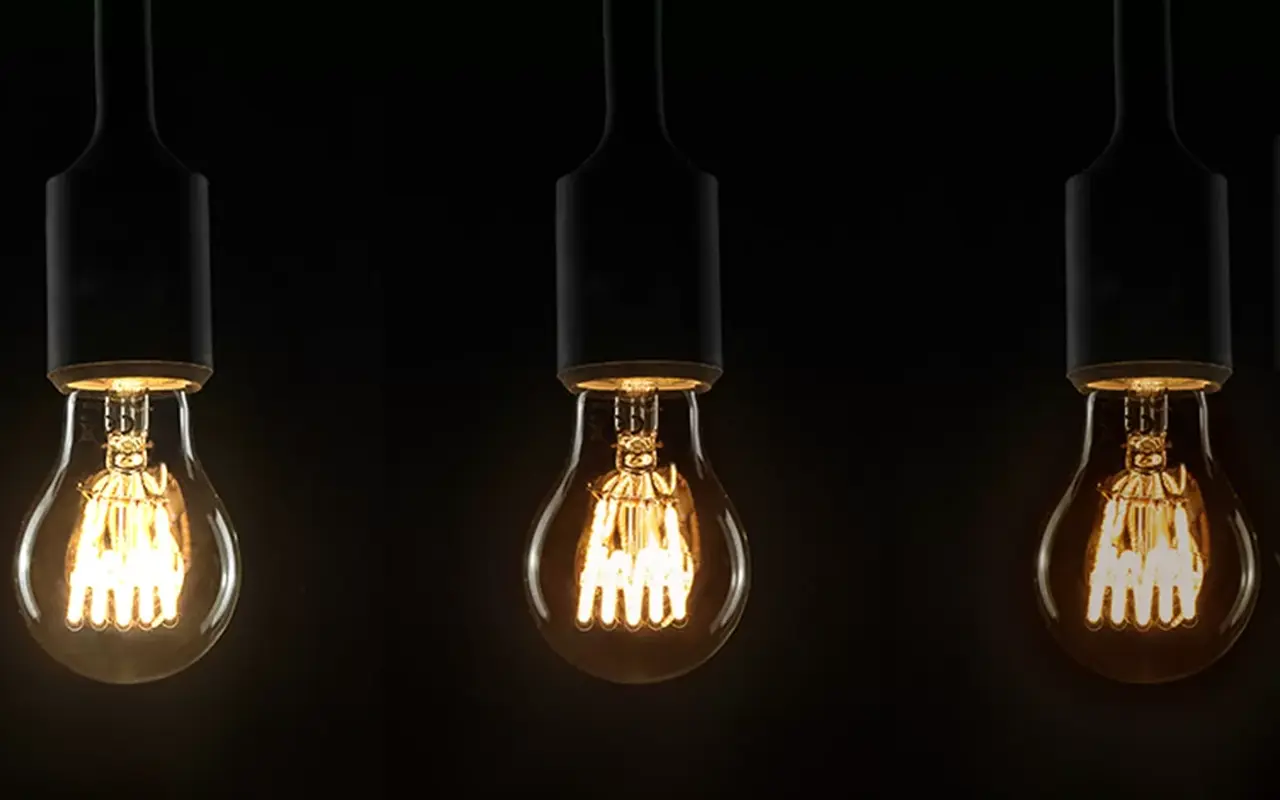

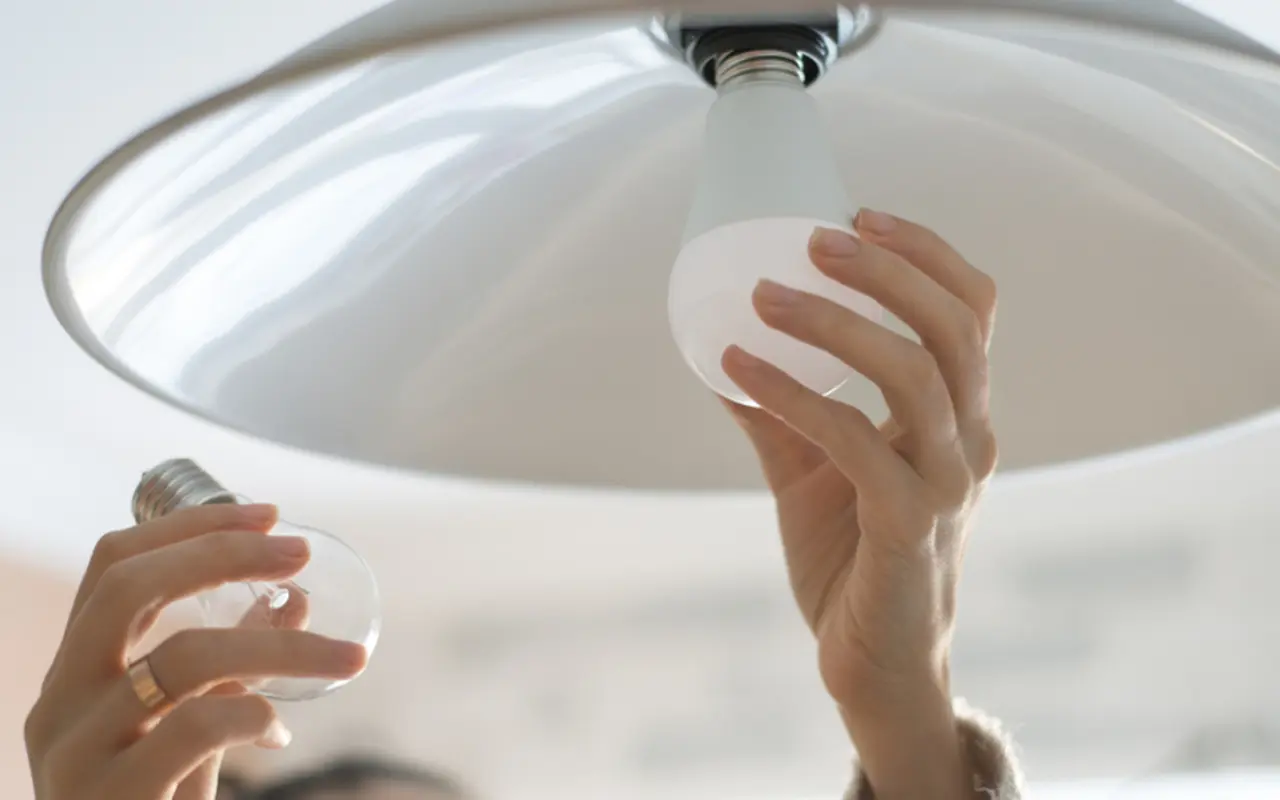
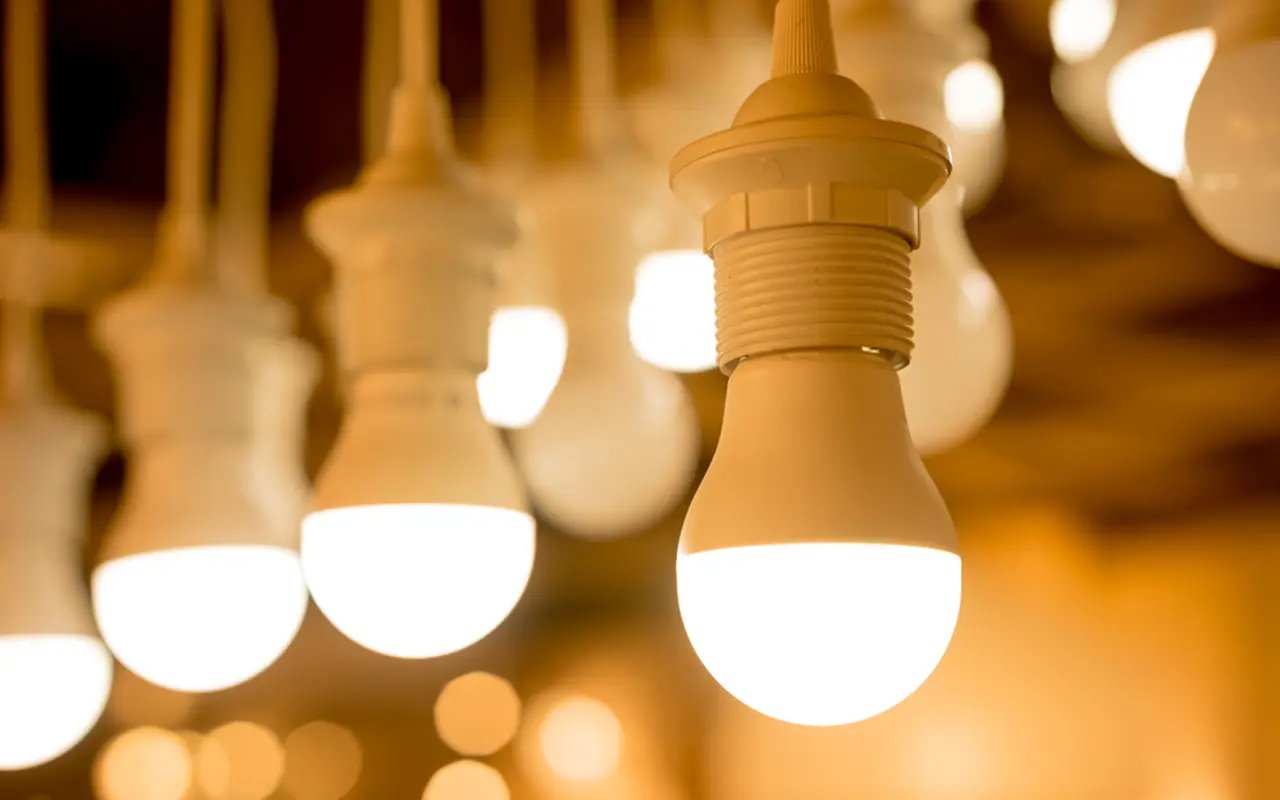
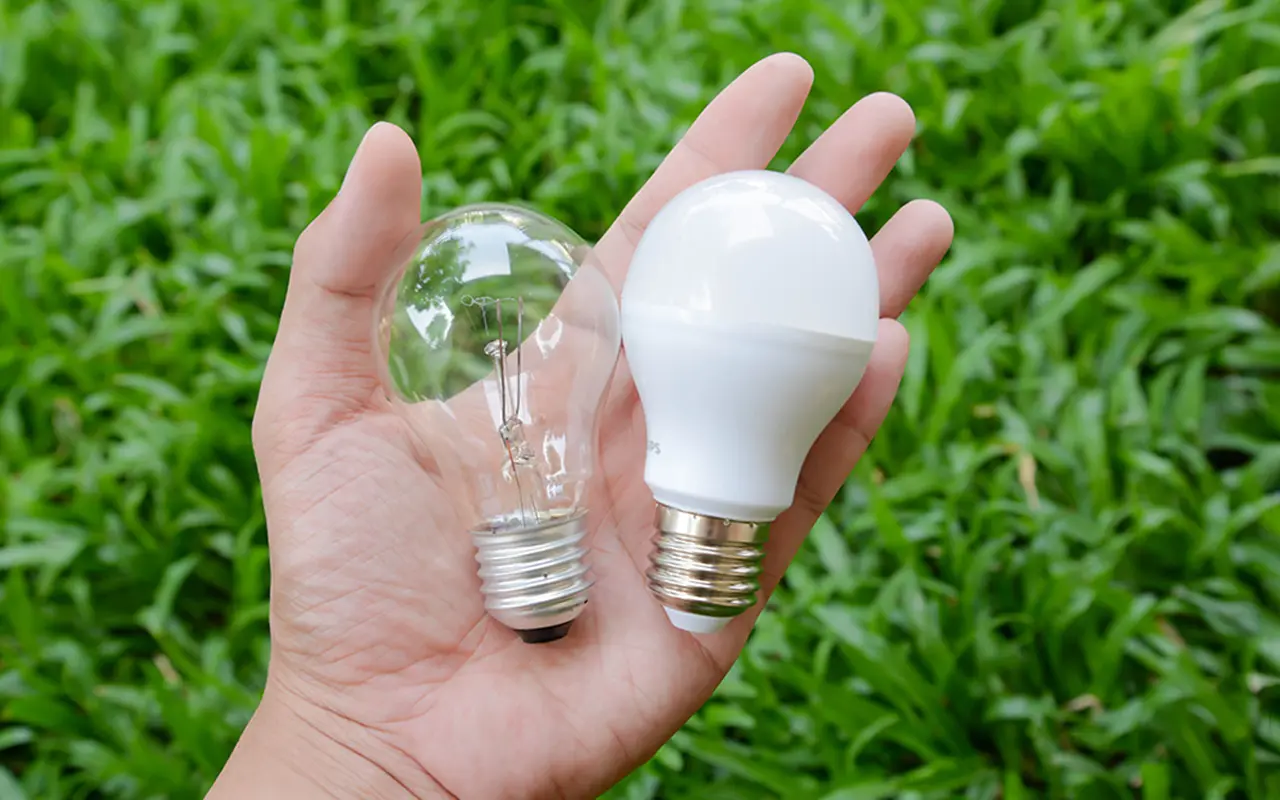

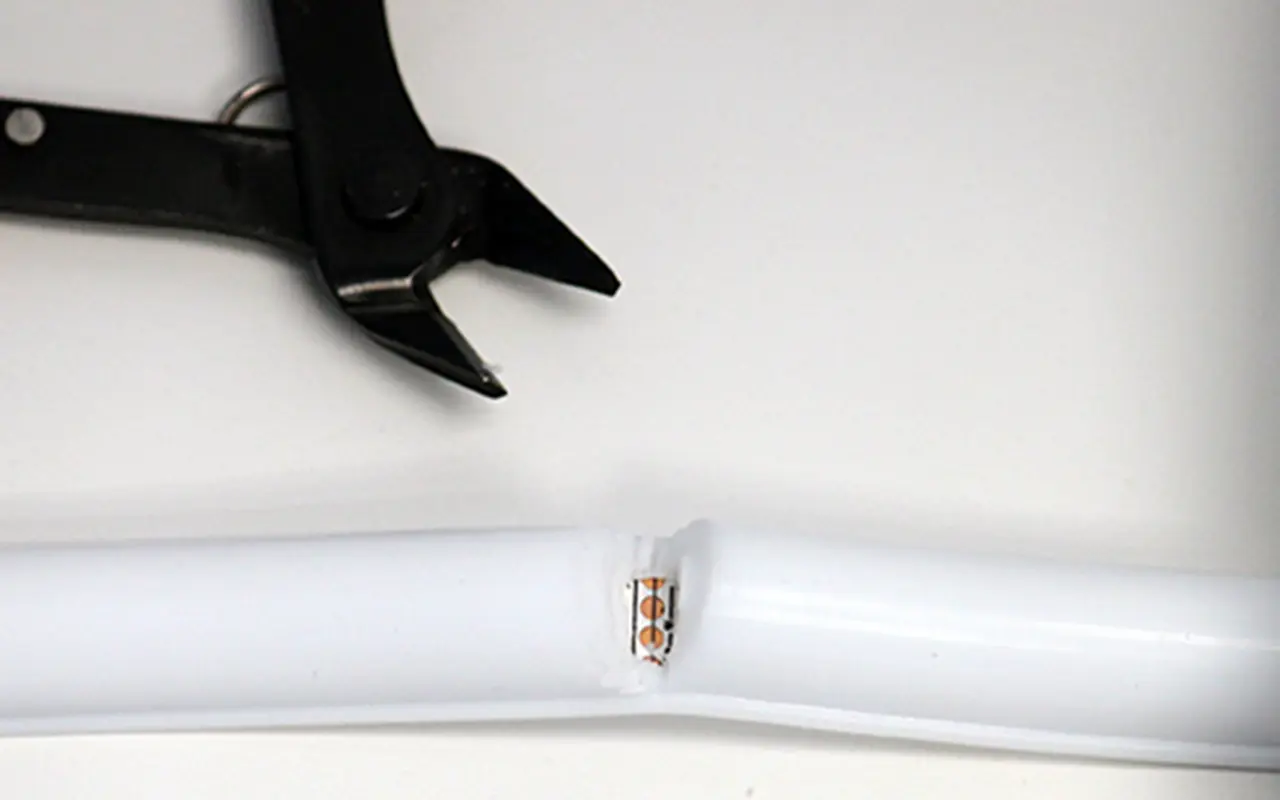

Leave a Reply
Want to join the discussion?Feel free to contribute!